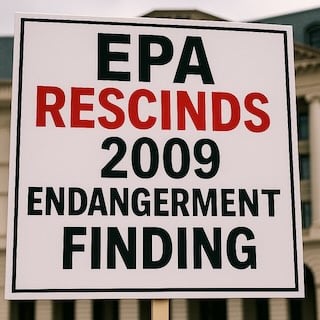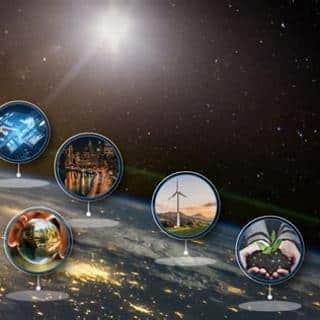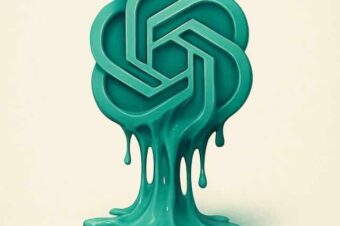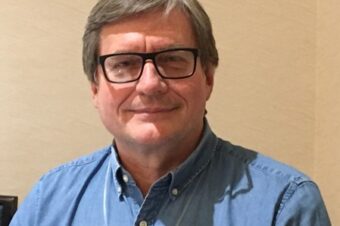US energy use chart shows we waste more than half of our energy
April 9, 2011 by Lisa Zyga ![]()

This flow chart shows the amount of energy (in quads) that is produced by different energy sources and consumed by different sectors. Image credit: Lawrence Livermore National Laboratory and the US Department of Energy.
(PhysOrg.com) — This flow chart of the estimated US energy use in 2009, assembled by the Lawrence Livermore National Laboratory (LLNL), paints a pretty sobering picture of our energy situation. To begin with, it shows that more than half (58%) of the total energy produced in the US is wasted due to inefficiencies, such as waste heat from power plants, vehicles, and light bulbs. In other words, the US has an energy efficiency of 42%. And, despite the numerous reports of progress in solar, wind, and geothermal energy, those three energy sources combined provide just 1.2% of our total energy production. The vast majority of our energy still comes from petroleum (37%), natural gas (25%), and coal (21%).
That percentage of oil illustrates that by far our biggest problem – or area of improvement – is transportation. As the chart shows, the transportation sector is the single biggest consumer of energy, accounting for nearly 40% of the energy consumed by the four sectors (along with residential, commercial, and industrial). In comparison, just 16% is used for residential use. And while the residential, commercial, and industrial sectors waste about 20% of their energy, the transportation sector wastes a full 75%, making it just 25% energy-efficient. Part of this waste is due to the fact that cars are an inherently inefficient way to move people around, since much of the energy must go into moving the massive car and not simply the person.
The chart emphasizes the importance of using alternative methods of transportation – walking, biking, public transportation, or anything else that moves more human and less steel. Unfortunately, due to developers building sprawling suburbs to satisfy Americans’ demands of large homes and yards, many people now find themselves miles from the nearest grocery store and have no choice but to drive everywhere. To illustrate how transportation consumption and waste dwarfs residential consumption, a blog post on Treehugger notes that “building suburbs of Energy Star houses with solar panels on top is a complete waste of time.”








Leave a Reply